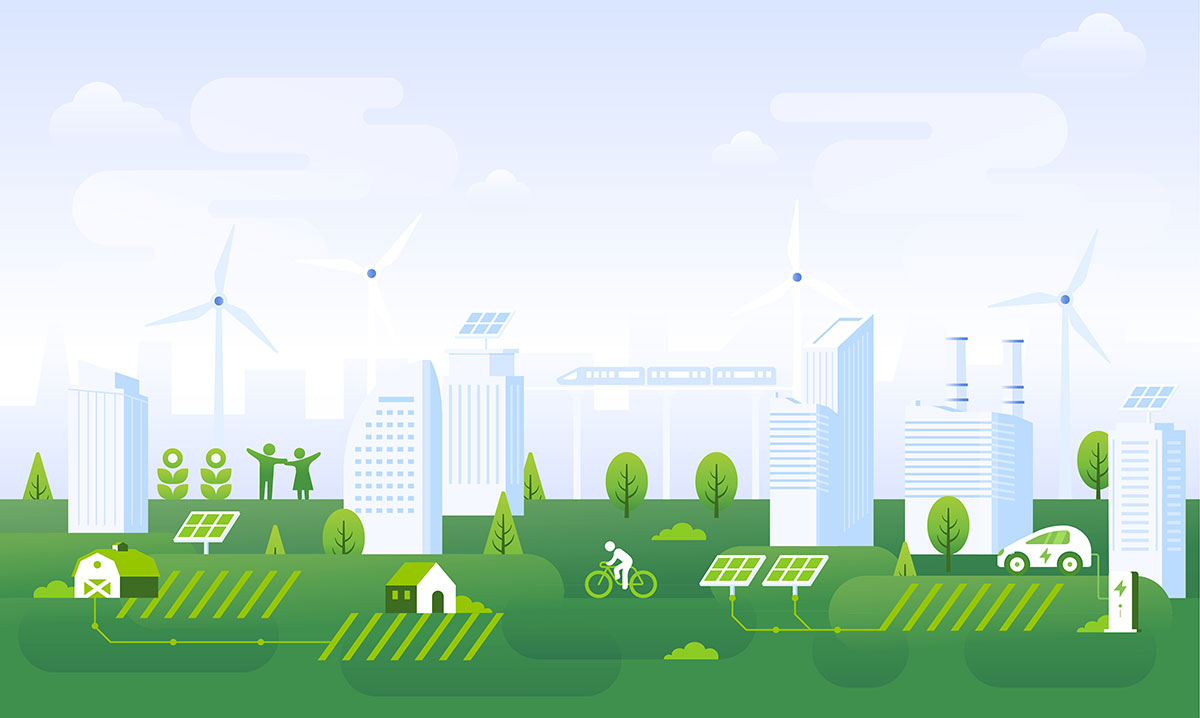A New Era for Southern Energy
For decades, when people thought about energy in the South, they pictured oil rigs in the Gulf, natural gas plants along the coast, or coal trains running through rural towns. Fossil fuels have been the backbone of Southern economies, providing jobs and powering cities. But in 2025, something big is happening: the South is becoming a major player in renewable energy. From solar farms in Texas and Louisiana to offshore wind projects in the Carolinas, the region is starting to change the way America thinks about clean power.
This isn’t just a minor shift—it’s a true transformation of the U.S. grid. And it’s one that carries real promise for both the environment and the economy.
Why the South Matters in the Renewable Race
When you look at the renewable energy map of the United States, you’ll see the South is uniquely positioned. We’ve got abundant sunshine, strong coastal winds, and plenty of open land. Add in rivers and bayous that offer opportunities for hydro and biomass, and you start to see why the South is quickly rising in the clean energy conversation.
For years, much of the focus was on the West with its massive solar farms, or the Midwest with endless wind turbines. But now, the South is catching up fast—and in some ways, leading the charge. Grid operators and utility companies are investing billions to modernize infrastructure, making sure the clean power we generate here doesn’t just stay local, but flows across state lines to support the national grid.
Solar Power: The South’s Brightest Asset
If there’s one resource we’ve got plenty of down here, it’s sunshine. From Texas to Florida, solar power is booming. In Louisiana, large-scale solar projects are finally moving forward after years of policy hurdles. States like Georgia and North Carolina are already proving that utility-scale solar can power entire communities.
The biggest advantage? Solar is getting cheaper. In fact, the cost of generating electricity from solar has dropped more than 80% over the past decade. That makes it one of the most affordable sources of power available. For families across the South, this means lower energy bills and less reliance on fossil fuels. For businesses, it means a competitive edge as they shift toward clean operations.
Offshore Wind: Tapping the Power of the Coast
When most people picture wind power, they think of flat plains dotted with turbines. But the Southern coastline is set to play a huge role in the nation’s renewable energy future. Offshore wind farms in the Atlantic are already under development, and projects in the Gulf of Mexico are gaining momentum.
Why offshore wind? Simple—the winds out at sea are strong and steady, and the turbines can generate massive amounts of power. The Gulf, in particular, has advantages: a skilled workforce already experienced in offshore oil and gas, and ports designed to handle big equipment. It’s a natural transition, turning old energy expertise into new clean energy opportunities.
Strengthening the Grid for a Renewable Future
One of the biggest challenges of renewable energy is making sure the grid can handle it. Solar and wind are intermittent—they don’t produce power 24/7. That means we need smarter storage solutions and stronger transmission lines.
In 2025, the South is making big strides here. Battery storage projects are being built to capture extra energy when the sun is shining or the wind is blowing, and then release it when demand spikes. At the same time, new transmission lines are connecting states and regions like never before. This ensures that when Texas generates more solar than it needs, that power can help keep the lights on in Louisiana, Mississippi, or even further away.
Jobs, Economy, and Community Impact
This isn’t just about powering homes and businesses—it’s about powering people’s livelihoods. The renewable energy boom is creating thousands of new jobs across the South. From construction crews building solar farms to technicians maintaining wind turbines, clean energy is becoming one of the fastest-growing industries in the region.
Even better, many of these jobs are local. They can’t be outsourced overseas, which means they strengthen communities right here at home. Towns that once relied on coal or oil are finding new opportunities in clean power. And for younger generations, it opens up exciting career paths that combine technology, sustainability, and innovation.
The Road Ahead: Challenges and Opportunities
Of course, the transition isn’t without challenges. Policies need to keep pace with innovation. Communities need to balance new energy projects with protecting the environment and preserving local culture. And utilities need to continue investing in grid resilience, especially with hurricanes and extreme weather threatening infrastructure in the South.
But the opportunities are even bigger. By leaning into renewables, the South has a chance to redefine its role in America’s energy story. Instead of being known only for oil and gas, the region can be seen as a leader in the clean energy revolution.
A Cleaner, Stronger Future
As someone who’s passionate about both the culture of the South and the promise of renewable energy, I believe we’re living through an exciting moment in history. The South has always been a place of resilience, innovation, and resourcefulness. Now, we’re applying those strengths to the future of energy.
The Southern power shift isn’t just about electricity—it’s about redefining who we are, how we live, and how we take care of the generations to come. If we keep moving forward with vision and commitment, the grid of 2025 will be cleaner, stronger, and more connected than ever before.
